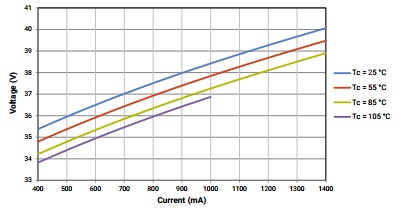I'm experimenting with LEDs with Arduino and have a question. For example; I have one basic 20mA LED that runs constant at 3.3v. I have another LED with that I PWM with a low duty cycle (6%). I up the voltage of this LED by x%~.
I have learned from this experiment that if the second LED passes the 20mA, it burns out. That's why currently it has to run less bright than the first LED. By my calculations (V/A measurement) it comes at 33%~ of wattage used by LED 1.
My question is: say I replace LED 2 with a LED rated with a higher amperage, will I match the brightness of LED 1 with same wattage used? Or will LED 2 still experience more stress and energy loss to heat?
(I intended the question to be applicable to a broad range of LEDs, not just 20mA LEDs)
Duplicate question
For other readers wondering, this is another post with a similar question: Does pulsing an LED at higher current yield greater apparent brightness?
Edit
I found out some new things (also thanks to that link); some LEDs are notably more efficient when current is overdriven. Big LEDs are inefficient regarding this.
Also resistors will burn a lot of heat, and limit the rise of current (so a much higher voltage is needed to force the current through the LED than without resistor in front). I noticed one of my COB LEDs has resistors on it, and at roughly the same brightness, the resistors will seriously heat up and overall the COB LED will be inefficient. Perhaps matching the resistor better for the overdriven scenario would work, but at the moment I am relying on my variable voltage supply and no resistor at all.
I seem to have success with a 3W LED, running at 1 W. By eye, the constant and the overdriven PWM'd seem to have the same brightness per watt. My theory is that using a higher rated LED and running at an average lower wattage increases efficacy per Watt; which is generally true but especially so when overdriven. I had less success with a few COB LED strings in parallel with a resistor each, I assume because of the earlier mentioned resistors burning a lot of energy.




